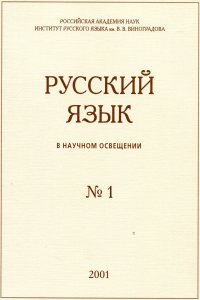German, Latin, and Church Slavonic in the language and text of the Smolensk Trade Treaty of 1229
Abstract:
The Old Russian Smolensk gramota of 1229 contains the text of one of the early international
treaties between the East Slavs and the society of German traders from Gotland. This
article assumes that the older Riga redaction of the treaty was based on Latin linguistic templates, and that a Middle Low German text was used in the process of drawing up the newer Gotland redaction. The goal of the article is to examine the Smolensk treaty in the context of
13th century Latin and German charters and to ascertain, based on the linguistic composition
of select parts of formulae used in it and the syntax of conditional sentences, its connection
with the Latin, German, and also the Church Slavonic written traditions. After two introductory
sections, in which current views on the dating of both redactions are presented and the
problem is stated, the article offers an overview of the results of previous research in which
the question of the foreign-language originals of the document has been raised. Emphasis is
further laid on linguo-cultural and sociolinguistic aspects of the use of sacred and vernacular
languages in writing up legal documents in the 13th century. In the research part of the article,
the Smolensk Treaty is analysed with regard to its adherence to Latin formulae, while the reception
of these formulae in German is also considered. Very close, nearly word-for-word
parallels to the preamble of the Riga redaction of the Treaty can be found in Latin charters
composed in Riga in the 13th century. In light of the German tradition of adapting Latin formulae,
a new understanding of the preamble of the Gotland redaction is proposed. A systematic
analysis of the syntax of conditional constructions makes it possible to demonstrate
clearly the differences in the patterns of conditional sentences in both redactions of the treaty,
which can be explained by their following different linguistic templates. Some characteristic
German syntactic constructions are discovered in the Gotland redaction, while the Riga redaction,
which is based on Latin formulae, is shown to be simultaneously associated with the
Church Slavonic tradition of legal texts.


